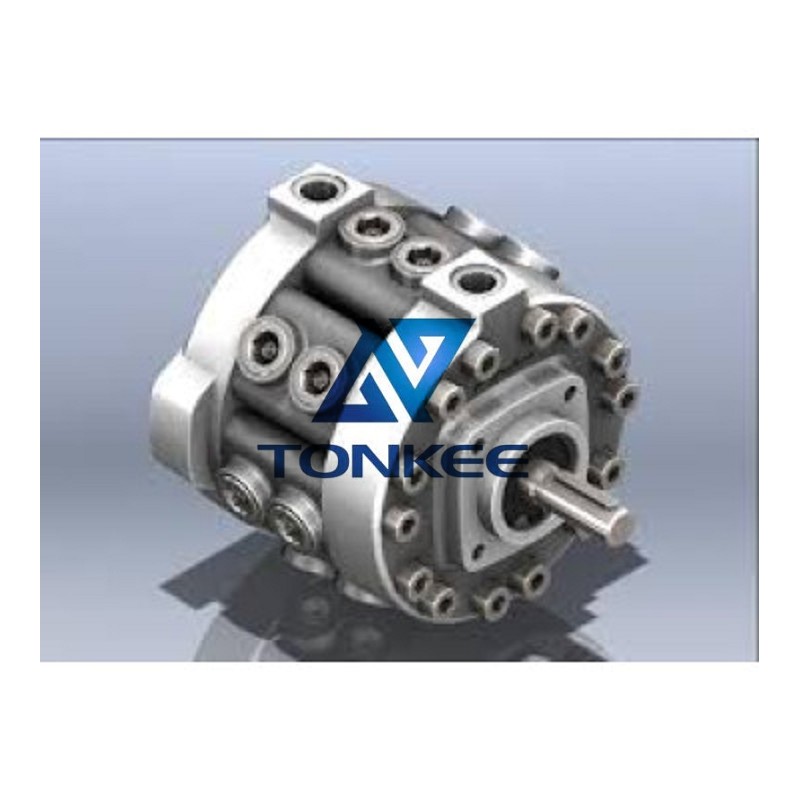
Radial piston pumps, in general, are hydraulic pumps that utilize a radial piston arrangement to generate fluid flow and pressure.
They are commonly used in a variety of industrial and mobile hydraulic systems where high pressure and efficient performance are required.
The design of a radial piston pump typically involves a central drive shaft connected to multiple pistons arranged radially around it. These pistons move in a reciprocating motion within cylinder bores as the drive shaft rotates. The radial configuration provides several advantages, including compact size, smooth operation, and high-pressure capabilities.
One of the key features of radial piston pumps is their ability to generate high pressures. They are designed to handle demanding applications and can often achieve pressures up to several hundred bar (thousands of psi). This high-pressure capability allows them to power hydraulic actuators such as cylinders, motors, and valves effectively.
Radial piston pumps also offer excellent volumetric efficiency. Volumetric efficiency refers to the ability of the pump to deliver a high flow rate of hydraulic fluid with minimal losses. This efficiency is achieved through precise engineering and tight tolerances in the piston-cylinder interface, which minimize internal leakages and maximize output flow. High volumetric efficiency contributes to overall system performance, ensuring fast response times and improved productivity.
Durability and reliability are important considerations for hydraulic pumps, and radial piston pumps are known for their robust construction.
They are typically made with high-quality materials such as hardened steel to withstand harsh operating conditions and resist wear and tear. Advanced sealing technologies are also employed to minimize the risk of leaks and enhance reliability.
Radial piston pumps can be found in various applications, including industrial machinery, construction equipment, agricultural machinery, and more. They are often driven by external power sources such as electric motors or internal combustion engines. The flow and pressure of the pump can be controlled using hydraulic valves and control mechanisms to meet specific system requirements.



 English
English Türkçe
Türkçe


